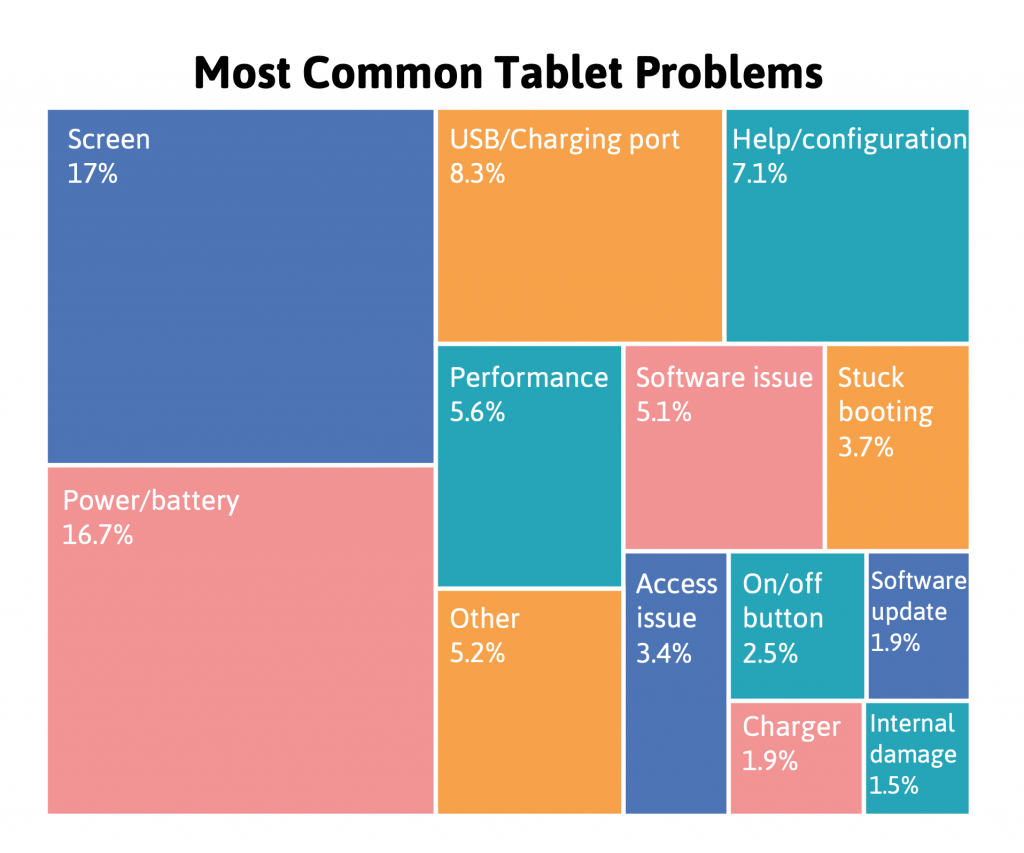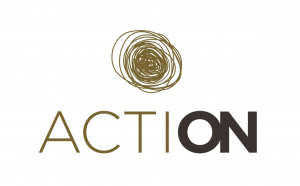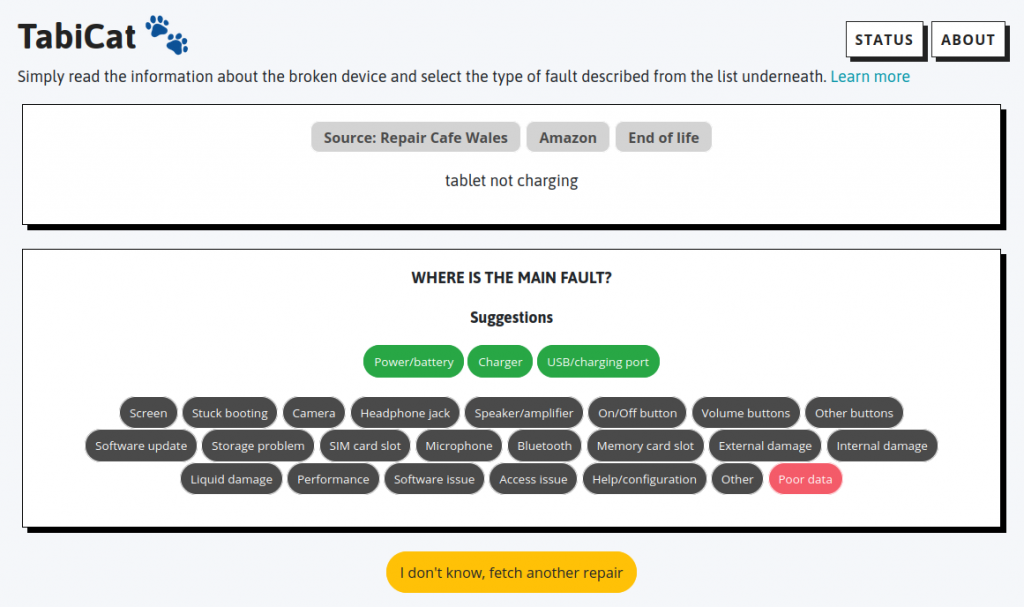Why do tablets fail? What are the barriers to repairing them?
Data from the Open Repair Alliance, based on the analysis of around 900 repairs of tablets at community repair events, shows that just over 42% of tablet repairs are successful at these events. This is one of the worst product categories. Analysis of the data shows the range of problems encountered by volunteers, as well as their level of success per type of fault. This provides a strong rationale for extending the availability of spare parts and repair information to end-users.
Repairs conducted at community repair events involve multiple fault types. While some of them are activities related to maintenance, with very high success rate (Help/configuration, Performance, Storage problem), the majority of problems require access to spare parts (Screen 17%, Power/Battery 16.7%, 8.3% charging port, On/Off button 2.5%, Charger 1.9%, Internal damage 1.5%, Headphone jack 0.9% are the most common). Due to the design of most tablets and to availability of spare parts and repair manuals, success rate for this type of repairs is very low at community repair events.
The wide range of faults experienced on tablets shows the need for ambitious ecodesign regulations making it easier to disassemble tablets, as well as providing much improved access to spare parts and repair information for both consumers and community repair initiatives.
Moreover, our data suggests that there is strong demand to use these products for longer. Where the device age was recorded, over half of devices (53%) were at least 5 years old, matching or exceeding the average 5-year lifespan of tablets in the USA in 20201.
During ongoing consultations for a European Commission’s ecodesign regulation for tablets and smartphones, manufacturers are making the case that only replacement screens and batteries should be made available to repairers. The data we analysed helps make the case for expanding access for both independent repairers and community initiatives to a much wider range of spare parts, to prevent otherwise repairable devices to end up discarded prematurely.
1 Statista, ‘Average lifespan (replacement cycle length) of consumer tablets in the United States from 2018 to 2025’, 2021, available here: https://www.statista.com/statistics/267473/average-tablet-life/

Where does the data come from?
Open Repair Alliance partner The Restart Project facilitated an online microtasking quest – TabiCat – where volunteer participants looked at Open Repair Alliance data on around 900 repair attempts of tablets. The aim of these quests was to sort the records into buckets of fault “types”.
Community repair events are busy with volunteers concentrating their efforts on the people and the devices that turn up. The data that gets recorded by a fixer is their description of the situation at the time. Microtask participants would read this “problem” text and judge whether it fitted any of the fault “types” that were presented. Based on consensus of these opinions, the outcomes for the devices were assigned.
The data started as 1179 records with the product category of “Tablet” in the 2020-09 ORA data. After filtering out those with an empty “problem” statement, 941 remained and were included in the TabiCat quest. 647 of these records received a winning fault type during the TabiCat quest – that is, the fault type received either a majority of 2 out of a possible 3 opinions from quest participants, or received ‘split opinions’ which were subsequently adjudicated by members of the Restart team. Records that did not receive enough opinions for either a majority or adjudication at the time that the TabiCat quest closed are not included. 131 records received a fault type of ‘Poor data’, meaning a fault type could not be determined from the problem statement.
The fault types that were available to choose from, and their descriptions, are listed here: https://github.com/openrepair/data/blob/master/quests/tablets/tabicat_fault_types.csv.
Download the TabiCat data
You can download the outcome data from TabiCat here: https://github.com/openrepair/data/tree/master/quests/tablets.
The full Open Repair Alliance dataset is available here.
Support for this work

We are hugely grateful to to The ACTION (Participatory science toolkit against pollution) project for funding this work and for their support.

This project has received funding from the European Union’s Horizon 2020 research and innovation programme under grant agreement No 824603.
This blog post reflects the author’s views. The European Commission is not liable for any use that may be made of the information contained therein.
